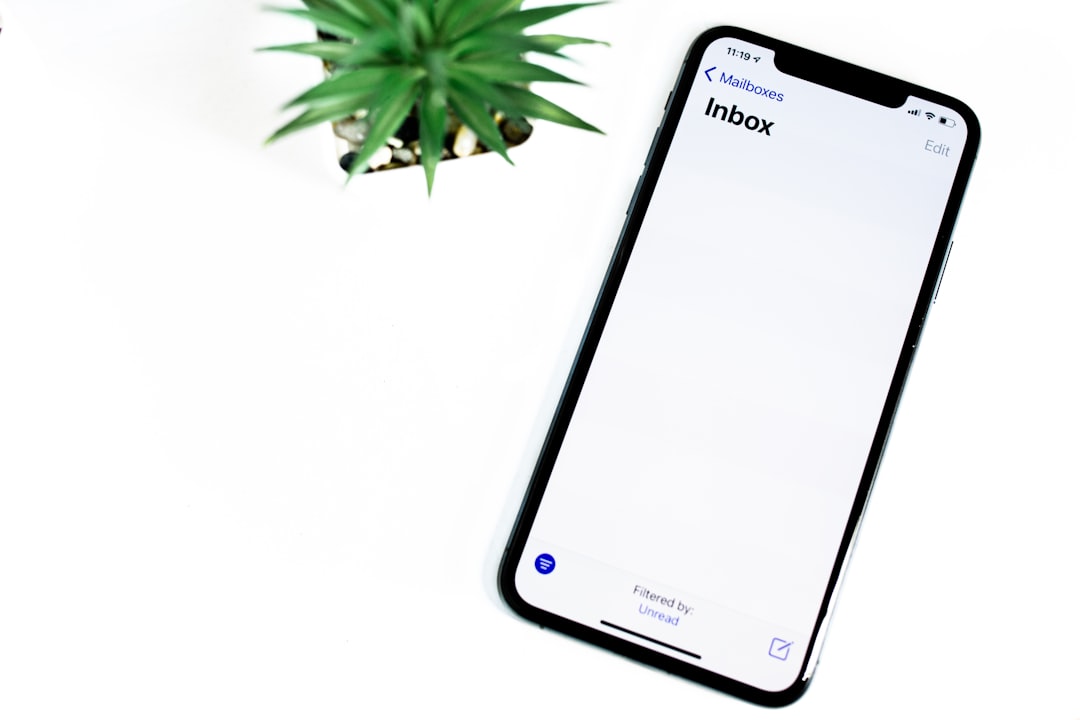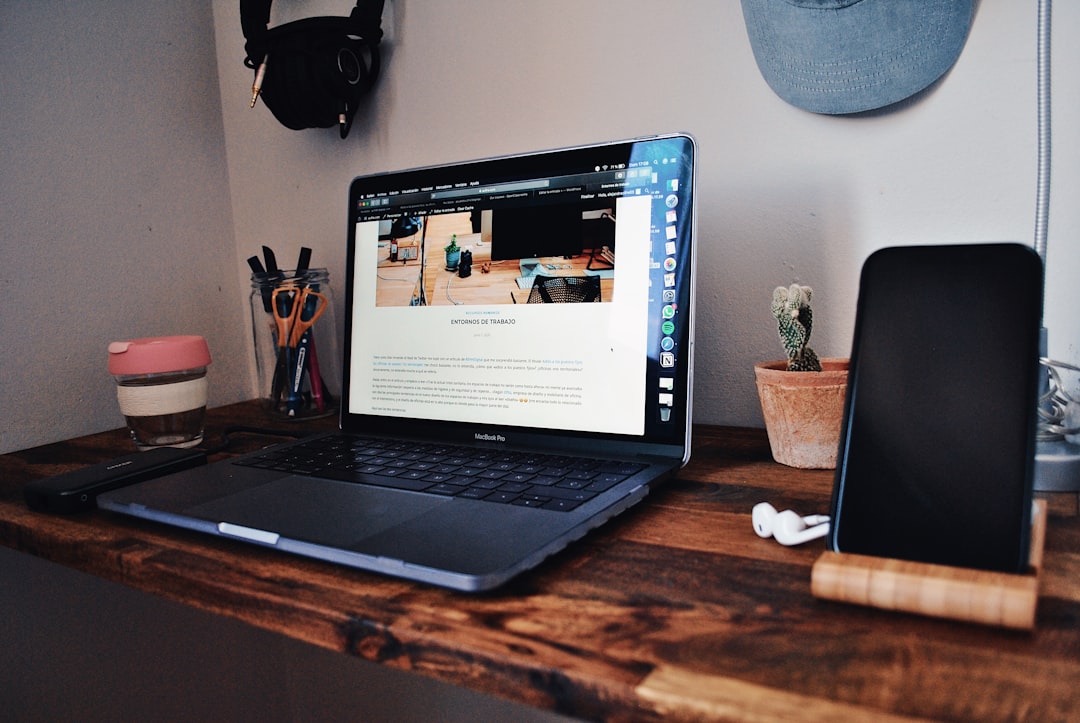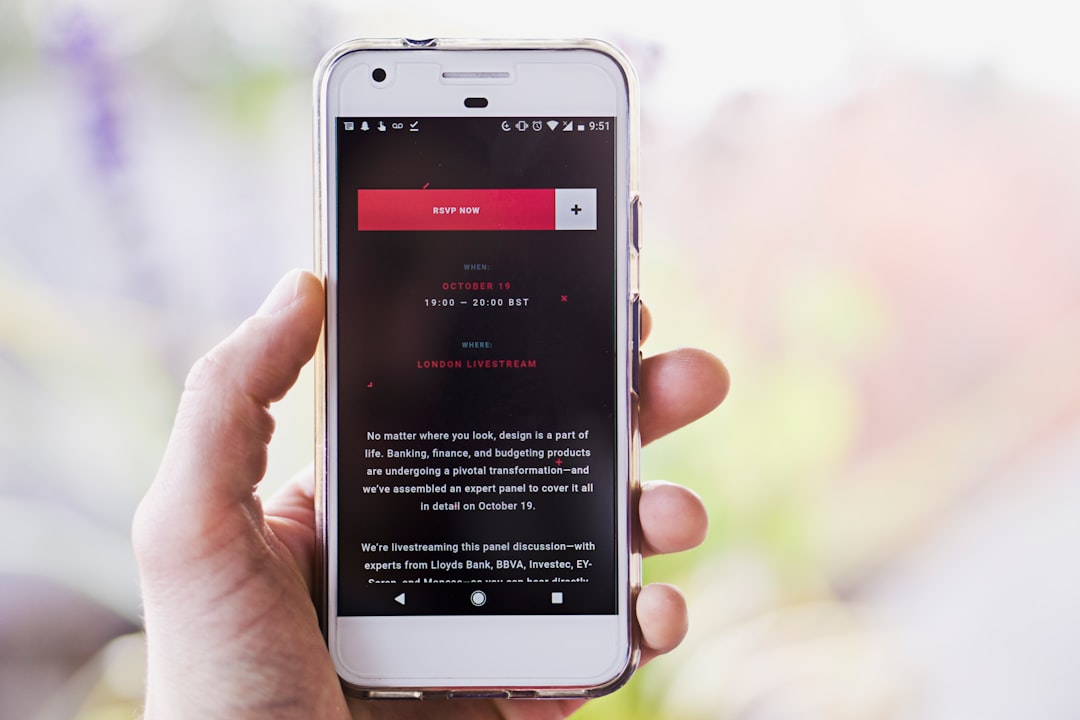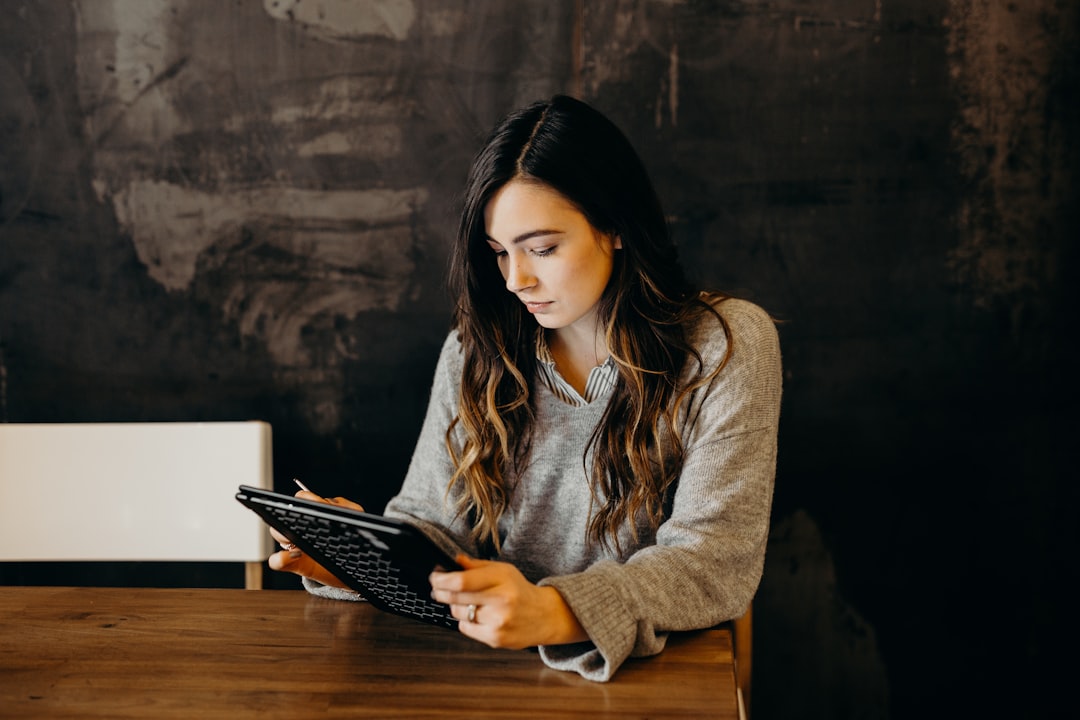Table of Contents
- Introduction
- Integrating Social Media Links in Email Campaigns
- Using Social Media to Grow Your Email List
- Creating Consistent Brand Messaging Across Platforms
- Leveraging User-Generated Content from Social Media
- Utilizing Social Media Insights to Refine Email Strategies
- Promoting Email Sign-Ups with Social Media Ads
- Cross-Promoting Content Between Email and Social Media
- Building Community and Engagement through Social Media Contests and Email
- Conclusion
- Frequently Asked Questions
Introduction
In a digital world that thrives on connection and communication, harnessing the right tools can make a monumental difference in your marketing strategy. As organizations continually seek innovative ways to engage their audiences, a powerful synergy is emerging between social media and email marketing. Welcome to a dynamic approach that promises to elevate your email marketing efforts to unparalleled heights. Intrigued? You should be!

Let’s explore how social media—known for its instantaneous reach and viral nature—can inject fresh energy into your email campaigns. Imagine a strategic fusion where your social media clout amplifies your email open rates, click-throughs, and subscriber engagement. Are you ready to take a deep dive?
| Platform | Benefits |
|---|---|
| Audience Targeting | |
| Real-Time Interaction | |
| Visual Storytelling |
Through strategic alignment, this powerful combination can unlock doors to brand loyalty, customer retention, and success beyond your expectations. The much-coveted path to successful email marketing is at your fingertips—let’s navigate it together.
Integrating Social Media Links in Email Campaigns
Integrating social media links into your email campaigns can significantly enhance your marketing strategy by broadening the reach and engagement of your content. Including social media buttons or hyperlinks in your emails allows recipients to easily connect with your brand’s social profiles straight from their inbox. This not only encourages subscribers to follow your social media channels but also promotes sharing of your email content, thus extending its reach.
To effectively integrate these links, ensure they are prominently displayed within the email template, preferably in the header or footer to catch the reader’s eye. Use recognizable icons representing each social platform to make it intuitive for users. It’s also essential to align the messaging of your email with the content on your social media pages, creating a seamless and consistent brand experience. By using tracked URLs, you can gather insights on which platforms drive the most traffic and interaction, enabling you to refine your strategies further.
Additionally, you can incentivize social media engagement by offering exclusive content or promotions to subscribers who follow or share your profiles, thereby boosting both email and social media metrics simultaneously.
Using Social Media to Grow Your Email List
Integrating social media with email marketing is an effective strategy to amplify your reach and grow your email list. One powerful method is to use social media platforms to drive traffic to your email sign-up forms. Use engaging calls-to-action in your posts to entice followers to subscribe, offering exclusive content or special offers as incentives. Consider hosting social media contests or giveaways where participants must provide their email address to enter, thereby increasing your subscriber count.
Additionally, leveraging social media advertisements can target a broader audience, guiding them to your landing page with an email sign-up option. Regularly share snippets of content that users can explore further by joining your email list; for instance, tease upcoming newsletters or exclusive insights that they would receive only by subscribing.
Another effective approach is to showcase testimonials and success stories from your email subscribers on social platforms. By highlighting the value of your email content, you encourage social media followers to become subscribers. Remember to consistently engage with your audience on social media, fostering a community where they see the benefit of staying connected through email as well. In this way, social media becomes not just a channel for content distribution but a vital tool for expanding your email marketing reach.
Creating Consistent Brand Messaging Across Platforms
Creating consistent brand messaging across platforms is crucial to building and maintaining a coherent identity that resonates with your audience. The first step is to establish clear brand guidelines that outline your tone of voice, core values, and messaging priorities. These guidelines serve as a roadmap for all communications, ensuring that whether a potential customer encounters your brand on social media or through an email campaign, they receive a uniform message.
Social media platforms offer unique opportunities to craft and share content that complements your email marketing efforts. By using consistent language, visual elements, and hashtags, you can reinforce your brand message across different digital landscapes. It’s important to tailor your content to each platform while maintaining the overall theme and voice of your brand. For example, Instagram might focus on captivating images and short captions, whereas LinkedIn could highlight more in-depth articles and professional insights. By synchronizing your messaging and adapting content for each platform’s format and user expectations, you create a seamless experience that strengthens brand recognition and trust. This integrated approach not only amplifies your reach but also enhances audience engagement by delivering a cohesive narrative that aligns with their preferences and consumption habits.
Leveraging User-Generated Content from Social Media
Leveraging user-generated content from social media is an incredibly effective strategy to complement your email marketing campaigns. User-generated content (UGC) refers to various forms of content, such as images, videos, and reviews, created by customers or followers on social media platforms. This content can provide authentic and relatable material that resonates with your audience. Integrating UGC into your email marketing can enhance trust and credibility, as potential customers are more likely to believe the experiences of their peers over traditional advertisements.
By incorporating UGC in your emails, you not only showcase real-life testimonials but also encourage engagement from your subscribers. For instance, sharing photos or stories from satisfied customers can create a sense of community and encourage recipients to contribute their own content on social platforms, thus creating a cycle of engagement. To effectively harness UGC, businesses should monitor their social media channels for relevant content and reach out to creators for permission to use their posts in email campaigns. This not only respects the contributors but also strengthens brand loyalty and fosters a deeper connection with your audience.
Utilizing Social Media Insights to Refine Email Strategies
Utilizing social media insights to refine your email strategies can greatly enhance the effectiveness of your marketing campaigns. With the vast amount of data available from platforms like Facebook, Instagram, and Twitter, marketers can gather valuable insights into consumer behavior, preferences, and trends. By analyzing metrics such as engagement rates, demographics, and popular content themes, you can tailor your email campaigns to better align with your audience’s interests.
For instance, examining which social media posts generate the most engagement can help identify topics or types of content that are likely to resonate in your email communications. This enables you to craft subject lines and email body content that capture attention and drive engagement. Furthermore, social media provides a platform for A/B testing different types of messaging in real-time, allowing marketers to see what works best before implementing these strategies in email campaigns.
By integrating insights from both channels, you can create a cohesive and integrated marketing strategy that leverages the strengths of each platform, ultimately leading to higher conversion rates and improved customer relationships.
Promoting Email Sign-Ups with Social Media Ads
Promoting email sign-ups with social media ads is a powerful strategy to enhance your marketing reach. By leveraging the wide audience base and targeting capabilities of platforms like Facebook, Instagram, and LinkedIn, businesses can effectively draw in potential subscribers. One popular technique is to create engaging ads that offer an incentive for signing up, such as exclusive content, discounts, or free trials. These ads should be visually appealing and positioned to highlight the value of subscribing to your email list.
Furthermore, using social media ads allows for precise audience targeting. Businesses can use data tools to reach users who have shown interest in similar products or services, increasing the likelihood of converting them into subscribers. A/B testing different ad formats and copy can also help in identifying the most effective approach.
Another effective method is to include a clear call-to-action (CTA) in your ads. The CTA should guide audiences toward the sign-up link with persuasive wording, ensuring the process is as seamless as possible. By integrating these strategies, businesses can significantly boost their email subscriber numbers and extend the reach of their email marketing efforts.
Cross-Promoting Content Between Email and Social Media
Cross-promoting content between email and social media is an effective strategy for enhancing the reach and engagement of your marketing campaigns. By integrating these platforms, you can create a cohesive brand message and communicate consistently with your audience. One way to achieve this is by using social media to promote your email newsletters. Share snippets of your newsletter content on platforms like Instagram or LinkedIn, encouraging followers to sign up for more detailed insights delivered to their inboxes. Additionally, you can include social media buttons in your emails, enticing subscribers to follow your social media profiles for regular updates. This not only helps grow your social media audience but also keeps your brand top-of-mind.
Another approach is to highlight social media-exclusive content or offers within your emails. By creating a sense of exclusivity, you drive email subscribers to engage with you on social platforms. Conversely, use social media channels to spotlight valuable content featured in your email campaigns, such as a popular blog post or a special offer, driving people to subscribe to stay in the loop. This cross-promotion strategy maximizes exposure, fosters a stronger brand presence, and ultimately drives conversions across both channels.
Building Community and Engagement through Social Media Contests and Email
Building a community and boosting engagement require strategic efforts, and social media contests can seamlessly complement your email marketing campaigns. Social media platforms offer dynamic spaces where audiences can interact and share content, providing the perfect opportunity to run contests that encourage interaction. When paired with email marketing, these contests can expand reach and enhance subscriber engagement.
Begin by crafting an enticing contest that aligns with your brand’s goals, ensuring it is easy to enter. Promote the contest through email by sending invitations to your subscribers with clear instructions and compelling reasons to participate. Use eye-catching visuals and subject lines to grab attention. Once the contest is live, encourage participants to share their experience on social media, increasing your brand’s visibility.
After the contest ends, leverage email marketing to announce winners and thank all participants, maintaining the momentum and goodwill generated. Reward subscribers for their engagement and consider featuring their stories or entries in future campaigns. This not only solidifies relationships with your current audience but also attracts potential subscribers interested in lively and engaging content.
Conclusion
Social media and email marketing, when strategically combined, unleash a powerhouse of engagement and reach, driving significant results for businesses. By integrating social media links in your email campaigns and using platforms to grow your email list, you not only expand your audience but also foster deeper connections. Consistent branding across platforms ensures your messages resonate, while user-generated content adds authenticity and relatability to your emails. Social media insights provide valuable data to refine and personalize email strategies, enhancing their effectiveness. Meanwhile, promoting email sign-ups through targeted social media ads and cross-promoting content amplifies your reach and strengthens brand presence. Contests and community-building efforts bridge the gap between both channels, fostering loyalty and engagement. Ultimately, embracing the synergy of social media and email marketing creates a comprehensive strategy that maximizes conversions and cultivates lasting relationships with your audience. This integrated approach not only adapts to the ever-evolving digital landscape but also positions your brand for sustained success.
















